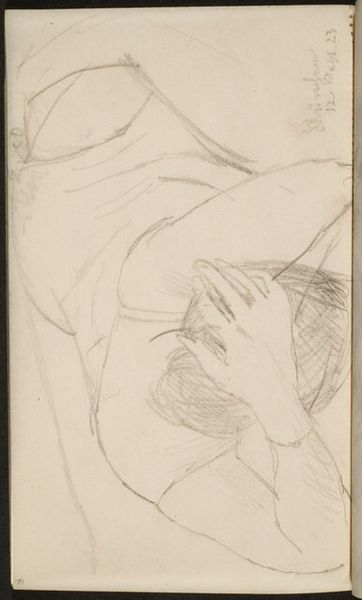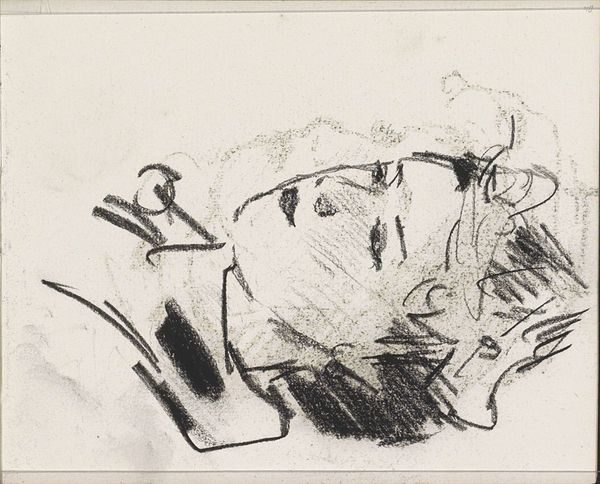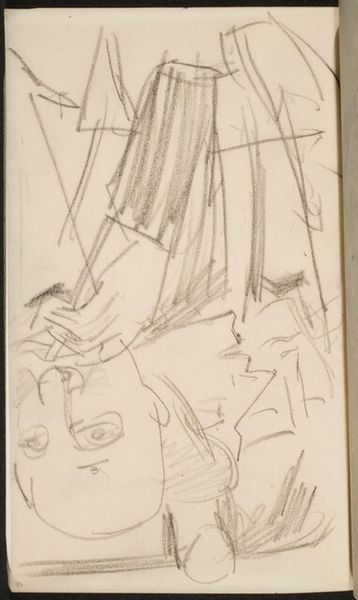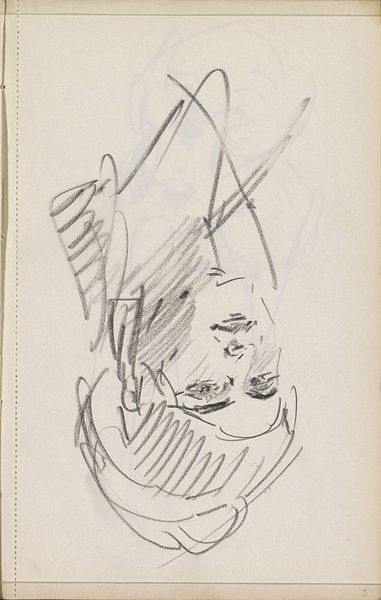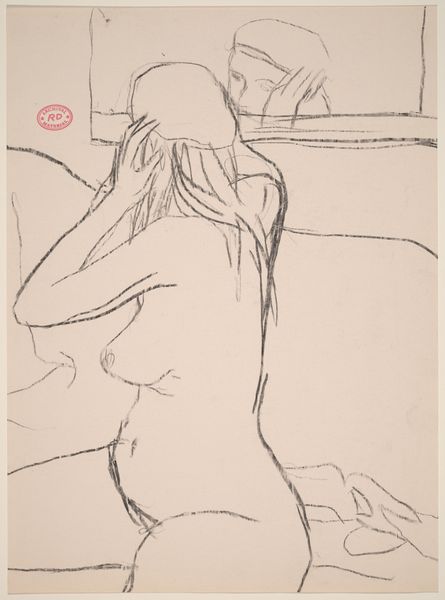![Zuschauer (Spectators) [p. 100] by Max Beckmann](/_next/image?url=https%3A%2F%2Fd2w8kbdekdi1gv.cloudfront.net%2FeyJidWNrZXQiOiAiYXJ0ZXJhLWltYWdlcy1idWNrZXQiLCAia2V5IjogImFydHdvcmtzLzA2NzhjMjdkLTFhZDEtNDVlNS05NDM1LWI3Mjk5ODJhZTQxMS8wNjc4YzI3ZC0xYWQxLTQ1ZTUtOTQzNS1iNzI5OTgyYWU0MTFfZnVsbC5qcGciLCAiZWRpdHMiOiB7InJlc2l6ZSI6IHsid2lkdGgiOiAxOTIwLCAiaGVpZ2h0IjogMTkyMCwgImZpdCI6ICJpbnNpZGUifX19&w=828&q=75)
drawing, pencil
#
portrait
#
drawing
#
german-expressionism
#
figuration
#
pencil
#
expressionism
#
portrait drawing
Dimensions: page size: 17 x 11.8 cm (6 11/16 x 4 5/8 in.)
Copyright: National Gallery of Art: CC0 1.0
Editor: Here we have Max Beckmann's 1927 pencil drawing, "Zuschauer (Spectators)." There's a somber feel to this work, perhaps due to the limited shading. How do you interpret this work, considering Beckmann's background? Curator: Given that Beckmann created this during the interwar period in Germany, his work is steeped in a climate of social and political turmoil. How do these distorted and intertwined faces speak to the psychological states of people existing in the wake of World War I, and the growing anxieties that gave rise to facism? Consider the way that "Spectators" invites us to think about how one's personal identity shapes or is shaped by the collective experiences, or traumas, of the group to which they belong. How can understanding the socio-political climate in which this was created inform your understanding of it? Editor: That makes a lot of sense. So, instead of just being a simple portrait, it's more about representing the collective trauma of the time. Curator: Precisely. It’s about recognizing how collective experience—in this case, trauma and societal upheaval—can shape individual expression. Do you notice anything about the figures in particular that speaks to themes such as marginalization, inequity or power dynamics, when considered through a modern lens? Editor: It's interesting to think about that way, almost like they're bearing witness to something unsettling, but are also trapped by the social conditions around them. The starkness definitely amplifies that. Curator: Exactly! Recognizing those historical forces allows us to ask bigger questions about representation and societal structures in both art and contemporary life. What have you learned about seeing art this way? Editor: I am realizing now the importance of situating art within its social and political context, as much as thinking about just formal qualities such as style or materials. It is enriching the experience of studying art in profound ways. Curator: Indeed. Examining the social conditions of the artwork gives you new opportunities to critically engage with it and draw insights far beyond the aesthetic experience.
Comments
No comments
Be the first to comment and join the conversation on the ultimate creative platform.

